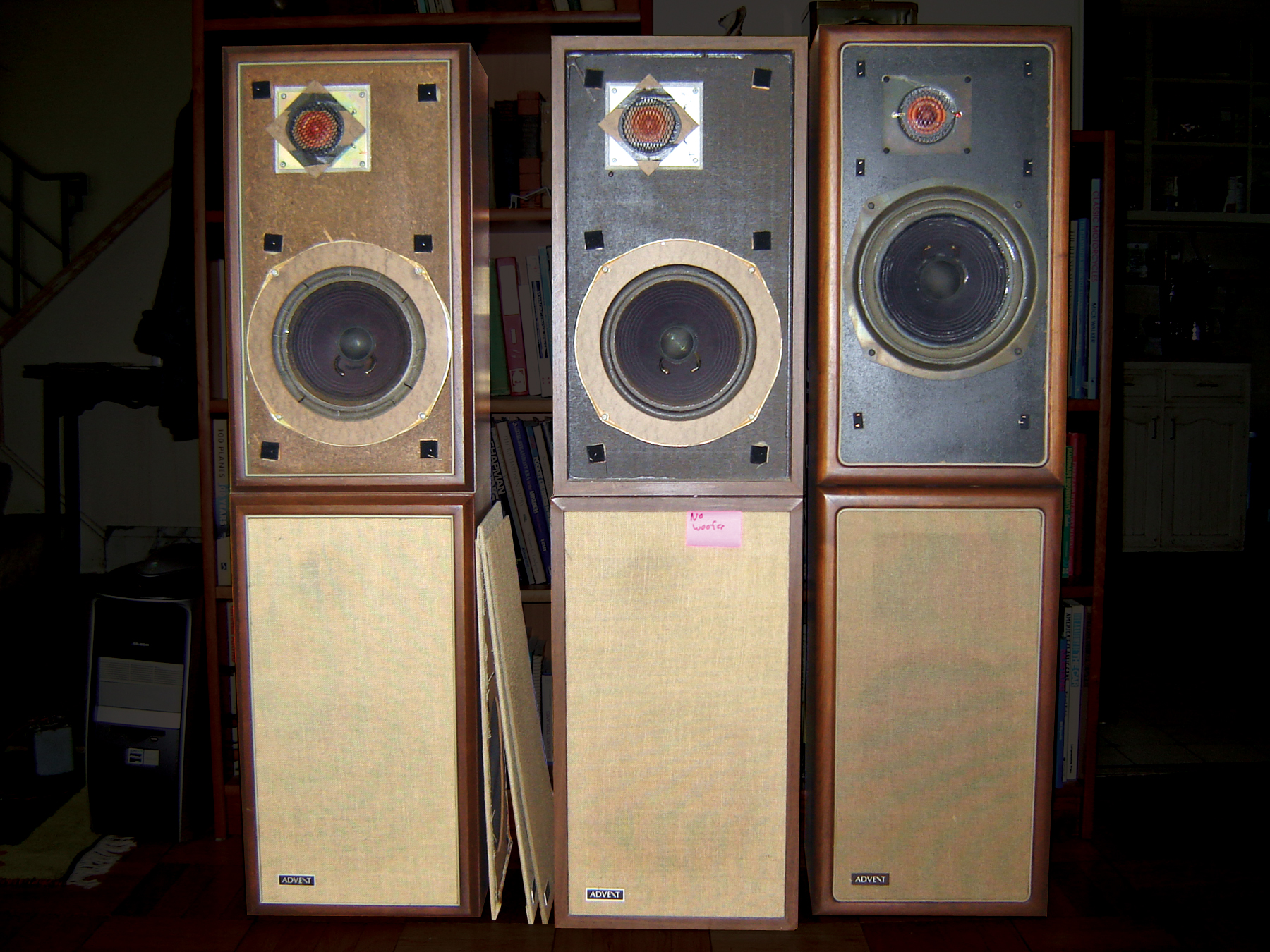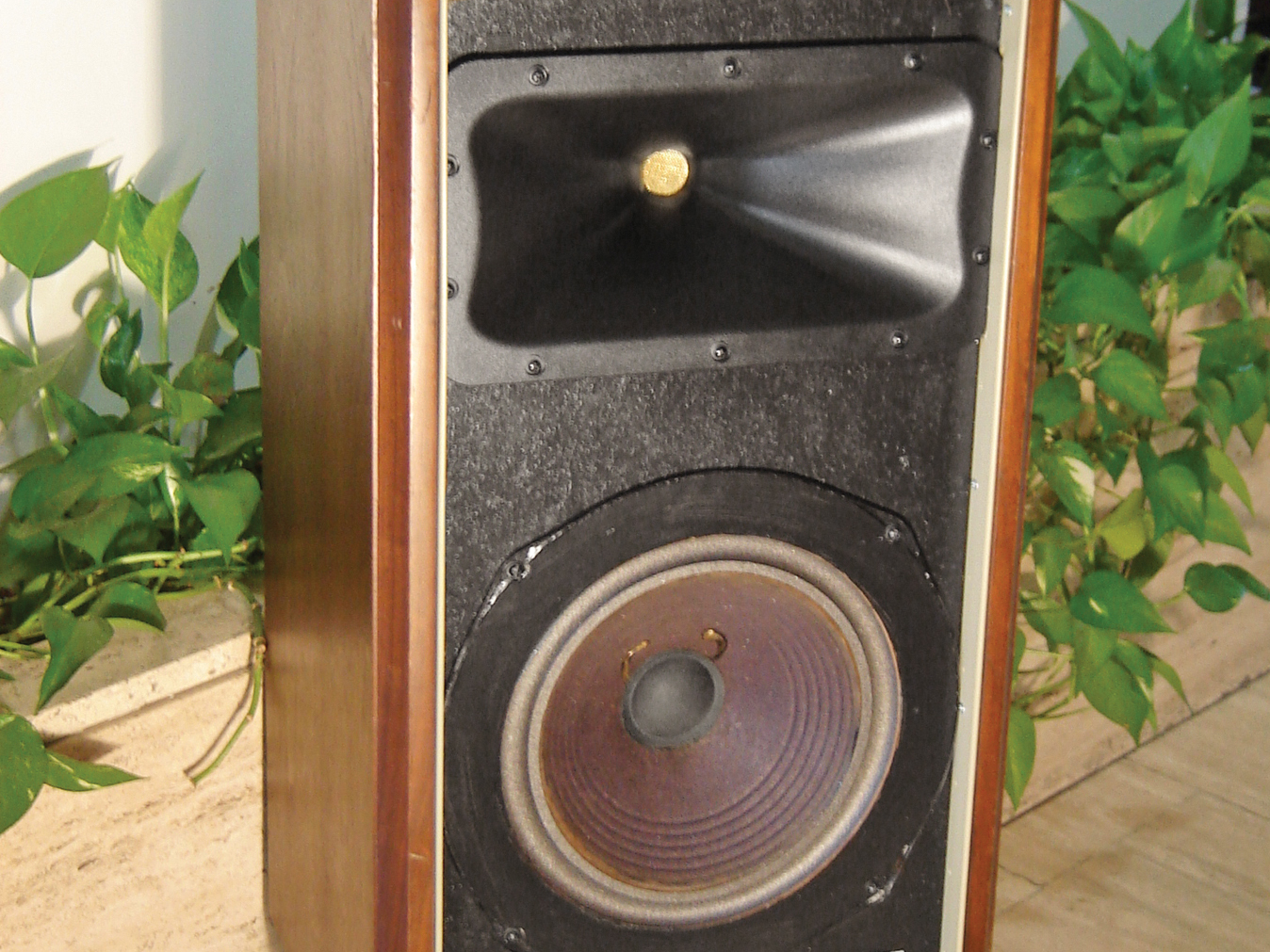Last year on the Audiokarma (http://www.audiokarma.org) discussion boards, members Zilch and Jackgiff shared a project that rocked the online audiophile community. They designed a treble waveguide and crossover system that greatly improves the sound from older speakers with “fried egg” style tweeters.
Waveguides are horns that disperse high-frequency sounds evenly over a wide area, rather than letting them fall off at the sides. This gives the speakers “constant directivity,” which means they sound more natural to listeners who aren’t in the center sweet spot, between and in front of the speakers.
Zilch and Jackgiff also designed a replacement crossover circuit that balances the sound across the new combination’s optimal 1,600Hz crossover point, routing low frequencies to the speaker’s great original woofers and high frequencies to the new compression drivers. Zilch sells PCBs for building this crossover.
I tried the conversion myself on some 1970s-era Advent Large speakers. It cost a couple hundred dollars, but the results were outstanding: the modified old Advents performed like thrillingly clear, state-of-the-art speakers that audiophiles pay thousands for. Since then, I’ve built and sold a second pair, and many other Audiokarma members have built multiple pairs of these speakers.


















